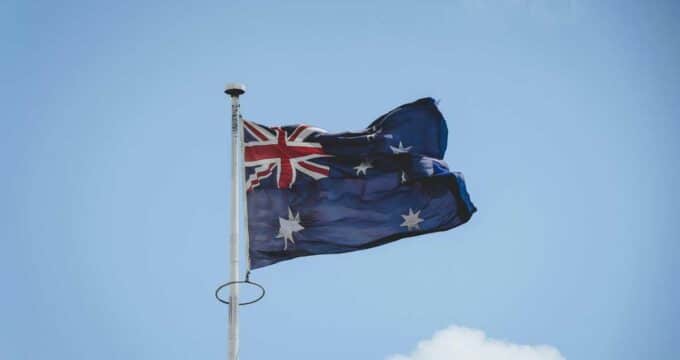Australia and India moving toward mutual recognition of higher education qualifications
- The governments of India and Australia have announced that they are setting up a taskforce to establish a framework for the mutual recognition of qualifications
- The framework is expected to be in place by 2023
- The goal is to increase bilateral student mobility and the announcement will increase Australia’s competitiveness in the key Indian market
The governments of Australia and India have agreed to begin work on a new framework for the mutual recognition of higher education qualifications, which will provide Australian educators with an even stronger offer in one of their top sending markets.
Universities Australia Chief Executive Catriona Jackson welcomed the announcement and said that Australian universities will be ready to help the government where needed in the development of the framework. She said:
“India is one of Australia’s key partners in international education, with more than 90,000 Indian higher education students studying in Australia prior to the pandemic. [It] remains our second largest source of international students in 2022, accounting for more than 16% of our student visa holders. This is an important and positive step forward, and Universities Australia looks forward to progress in achieving mutual qualification recognition.”
Ms Jackson expressed her hope that microcredentials will be included in the new framework, noting that “the bite-sized credentials are critical to upskill and reskill, and would be central to India’s push for 29 million more skilled workers by 2030.”
Apart from microcredentials, the mutual recognition of other less traditional forms of education delivery will be part of the work of the Indian-Australian taskforce assigned setting up the framework, including “online and blended learning, joint degrees and offshore campuses.”
The taskforce will use the remainder of 2022 to complete the framework, and by 2023, the system for the bilateral recognition of degrees should be in place.
Two-way mobility
The mutual recognition of degrees by Australia and India is expected not only to boost Indian enrolments in Australian institutions but also encourage Australian students to go to India to complete their degrees. Times Higher Education reports that Pawan Luthra, chief executive of Sydney’s Indian Link newspaper, envisages “graduating engineers [who] might decide to undertake final-year studies at an Indian Institute of Technology, “one of the premier educational institutions in the world.”
Impact on the competitive landscape
The announcement will doubtlessly increase the competitiveness of Australian recruiters in India. Currently, India is most important student market for Canada and the second-most important market for the US and UK after China.
Australia has been rapidly introducing new policies to recapture its market share among leading study abroad destinations, including extending working hours for international students and offering visa application fee refunds during specified periods of time. Tens of thousands of international students have returned to the country since border restrictions were lifted in December 2021.
For additional background, please see:
Most Recent
-
Canada announces international student cap numbers for 2026 and updated programme guidance Read More
-
Building the bridge to campus: The first stage of student satisfaction begins long before admission Read More
-
The power of data and narrative in building public support for international students Read More
















